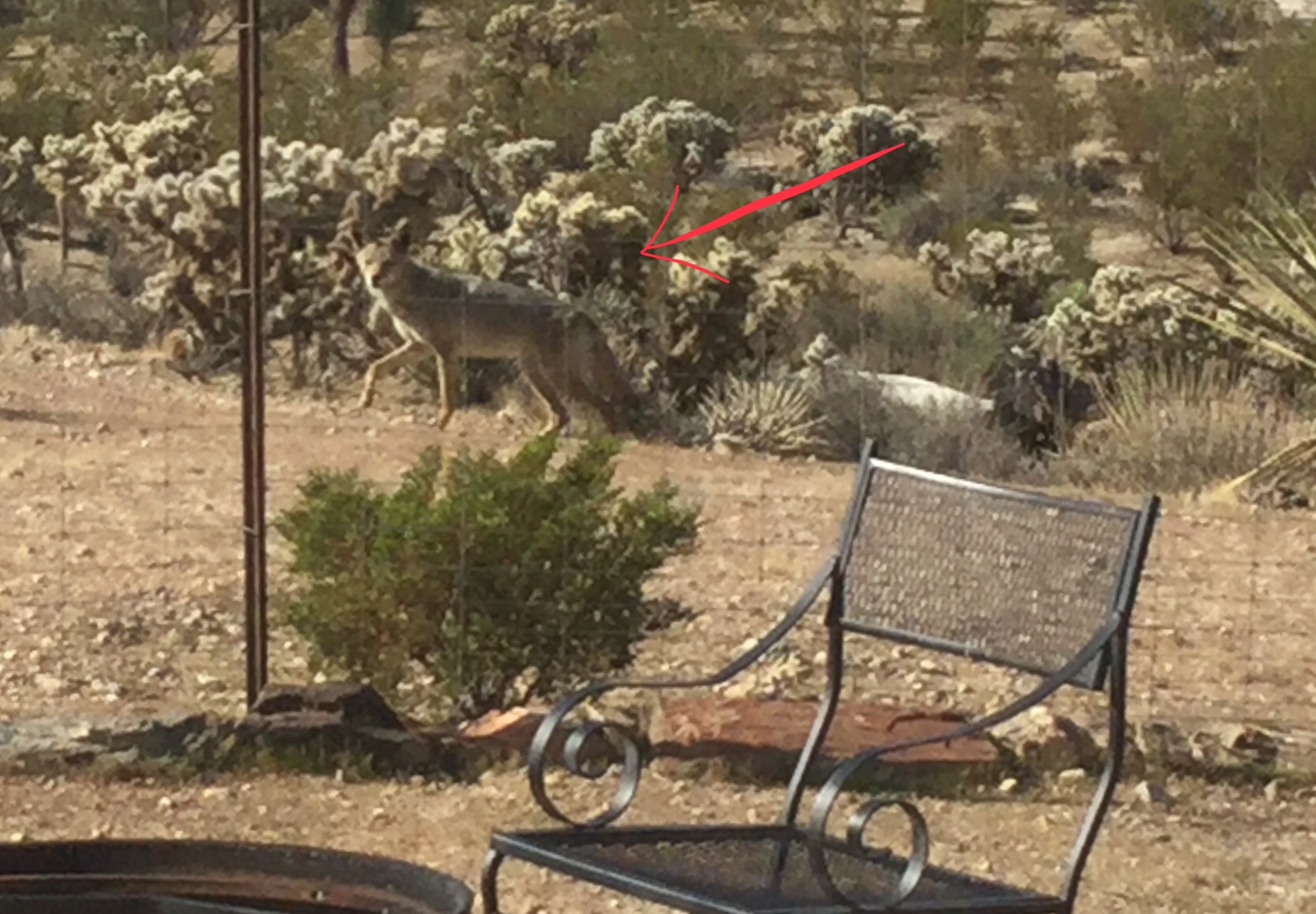Feeding Two Birds with One Hand: Nurturing Empathy and Curiosity Through Relevant Learning Experiences #cagefreethinking
Feeding Two Birds with One Hand: Nurturing Empathy and Curiosity Through Relevant Learning Experiences
#cagefreethinking
Many years ago I proudly explained to a friend how I had killed two birds with one stone by turning the chore of pulling weeds into a game for my kids, resulting in an improved front yard and a fun family afternoon. She gently shared how she preferred to say feeding two birds with one hand, and I've used the phrase ever since.
As educators know, even while on a break from school, you can't help but make connections to bring back for the benefit of learners, thereby feeding dozens of birds with one hand. On a recent trip to the Southern California desert, I awoke and dazzled my family with my extensive knowledge about Mourning Doves. The dazzling occurred because when I went to bed the night before I was just as dove ignorant as they were.
The vacation home we like frequent is often shared with a pair of Mourning Doves tucked into a nest in the corner rafters of the spectacular desert view patio. On this visit we soon realized the pair had become a quartet with at least one attentive parent providing nonstop protection. Along with our feathery roommates, we enjoyed our wild animal neighbors such as the Roadrunners and California Quail, and became spectators of a daily game of Coyote & Jack Rabbit Hide N Seek.

We were sitting around a roaring fire pit one evening when the drama started. The nesting dove flew off and the doting dove partner attempting to take over was unwilling to commit to its guard post with us nearby. We sat as still and silent as we could, and after several failed attempts by the dove to land in the nest, we went inside. We watched and waited as we had done numerous times before. But this time, neither the dove daddy nor the dove mommy took up position with the babies. We convinced ourselves that one of them would return once the fire died down and the post was clear.

I awoke in the middle of the night worried about the nestlings. I grabbed a flashlight, stood on a chair, and saw two sets of tiny black eyes looking back at me without a parent to provide warmth or nutrition. I was overcome with guilt. The dove family we treasured was now doomed because of our presence.
My Design Thinking instinct kicked in and the problem was easily defined in my mind: The baby doves need a way to stay warm and eat to survive. Just as our students would, I “searched up” information about Mourning Doves. I prototyped a heater by filling an empty plastic bottle with hot water and setting it next to the nest for added warmth, only to realize it might block the parents’ ability to land and rejoin their cold and lonely kids. I pondered rescuing the babies, but worried through several ideas of ways to feed them.
From my online research, I learned that Mourning Doves often abandon their eggs or nestlings when they feel threatened, but I hoped these parents had better judgment of character and better than average parenting instincts. This was all part nature’s rhythm. I pivoted in my thinking and stopped trying to solve the problem.
In the morning I was the last to arise. The house was eerily quiet, and I supposed my somber family was waiting to tell me of the babies’ sorrowful fate. Instead, I heard the proclamation: The kids are alright!
Not long after presenting my coffee-fueled lesson on nesting habits and other freshly acquired facts about Mourning Doves, we heard the telltale cooOOOooo hoo hoo of the male dove, and knowingly scurried inside, listened to the whistling wings of the changing of the guard and peered through the window to witness the hungry babies feeding from the ‘milk’ glands inside the parent’s throat.
“Teachers must be encouraged – I almost said ‘freed’, to pursue an education that strives for depth of understanding.” ~ Howard Gardner
As we realize the value of building empathy in our students to generate meaningful motivation for deeper learning, the big question is how do we build empathy and support rigorous thinking? One solution is to provide experiences in which these two necessities occur seamlessly, whether it’s inside or outside the walls of our classrooms. This is not only true for our students: we as learners are often inspired by the same conditions.
When we have an emotional attachment to learning, an authentic ‘why’ to motivate our thinking, and have ways to access and make sense of information, we are more likely to gain and share a deeper understanding. Both empathy and curiosity are fed from the hand of relevance.


Loving the Cali landscape! I've had several generations of those doves build nests in the lamps near the door to my house, in multiple houses! They're pretty smart and know a good thing when they see it :)
I feel so lucky to be a native Californian. Super cool that you've had homes graced by nesting doves.
I'm a Chicago native, but live in SoCal now and am loving it 😊
This post was chosen to be featured in this weeks SoCal Spotlight!! Thank you so much for being part of the #socalsteemit community.
Thank YOU!
This story touched me. Im so glad the doves realized it was safe to return. We've been watching a mom and dad bird protect their nest in our back yard from a gang of crows nearly 4 times their size for the past two days. The crows are SO smart! One distracts and gets the duo to chase him away from the nest while another comes in from the back. I want to intervene so badly, throw a rock at the crow or something but its natures course, I guess. I wonder what the parents will do if they lose all their babies? Leave?
Oh @madpotters, it must be so hard not to intervene. The doves would most likely abandon the nest and begin again elsewhere. I learned that they have several sets of nestlings each season, if that's any comfort.
oh that makes me feel a lot better for sure! i hope they stick around, they're really a beautiful pair. no idea what they are, maybe a mockingbird?